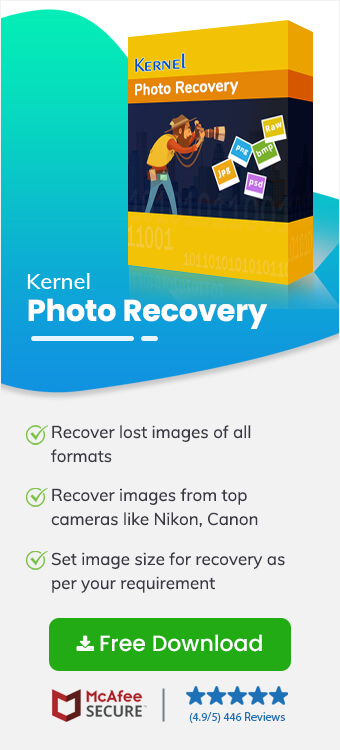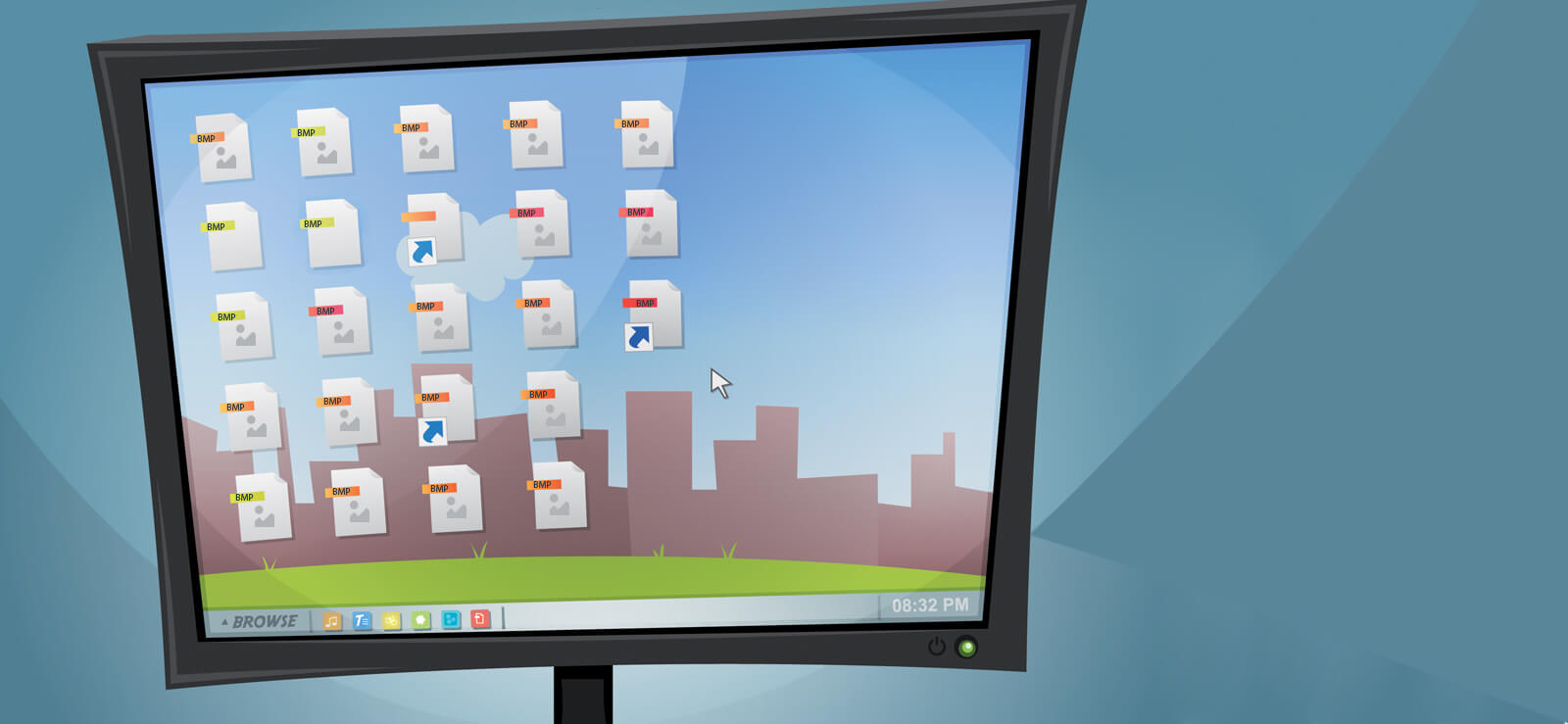Read time 6 minutes
TIFF (Tagged Image File Format) files are quite popular for their high-quality images and advanced compression techniques and for the fact that they are platform independent. There are different types of TIFF files such as Uncompressed TIFF, Compressed TIFF, JPEG-compressed TIFF images.
Yet, TIFF files can be accidentally deleted, or get corrupted, causing data loss and frustration amongst users. In this article, we’ll go through the reasons for the loss of the photos and present some methods to recover deleted TIFF files.
What are TIFF files?
Tagged Image file format commonly abbreviated as TIFF images were created back in 1986 when the first TIFF specification was published by Aldus Corporation. Since then, the TIFF file format has undergone several changes, with the latest version 6.0 released in 1992.
TIFF format acts like a container that can be used to add images and data. The type of data which can be added to the TIFF format is specified in the TIFF 6.0 specification. Despite being seemingly convoluted, the format is supported by all major operating systems.
Many users around the globe use the TIFF file format to save images on SD cards, memory cards, external hard drives, etc. Often TIFF image files are used to move colored pictures into page layout applications. However, the format is less suited to build web pages.
Reasons for deletion/inaccessibility Of TIFF files
At times, users can’t find their important TIFF files at the default location due to certain reasons. Some of the most common reasons that lead to deletion/inaccessibility of TIFF files are listed below:
- Improper ejection: Users always tend to remove external storage devices from USB ports directly without ejecting them manually from their systems. This can corrupt important files residing in those drives.
- Antivirus issues: Some of the Antivirus programs have embedded functionalities to deleted suspicious or unknown files during the scan process.
- Accidental formatting: The unintentional formatting of the local drives also leads to the loss of significant data.
- File transfer issues: Any interruption during file transfer can cause corruption to TIFF files.
- Accidental deletion: Unintentional or permanent deletion (Shift + Del) can also be a reason for the loss of important TIFF files from your system.
- Software issues: TIFF might be deleted due to software issues such as incompatibility with operating system, software crash or freeze, etc.
- Storage device issues: Issues with storage drive like hard drive crash or memory card corruption, etc.
- Virus or malware attack: A sudden virus or malware attack can cause corruption and lead to loss of TIFF files.
Methods to recover deleted/inaccessible TIFF images files
In case your TIFF image files accidentally get deleted or become inaccessible then it becomes tough to recover them manually. We’ve explained below a few workaround methods to recover your files. Before attempting these methods, try downloading/transferring the TIFF file again from its source. You can also try renaming the TIFF file to see if it resolves the issue.
Method 1: Recover TIFF files from Recycle Bin or Trash
You can easily recover temporarily deleted TIFF files from Recycle Bin or Trash. Just locate Recycle Bin on your Windows’ system folder and launch it. Select all the files you wish to recover and click on Restore. In Mac’s Trash folder located on the bottom right corner of your screen, right-click on the TIFF files you want to recover and click on restore.
Method 2: Recover deleted TIFF files from File History
Users can recover their deleted TIFF files from a pre-existing backup with the help of File History feature of Windows OS. Follow the steps below to recover your files with the help of this feature:
- Launch Control Panel and choose File History.
- Click on Restore Personal Files in the left pane.
- Choose the TIFF file you wish to restore and click on the Restore button.
Method 3: Recover deleted TIFF files by an automated tool
If you are still unable to get the desired results or the TIFF files are deleted permanently from your system, then you should take help from a reliable third-party software like Kernel Photo Recovery to get your data back.
Kernel Photo Recovery Tool is one of the most trusted alternatives to recover permanently deleted or lost images from your local drives as well as external hard drives. With this tool, you can recover images of all major file formats like JPEG, PNG, TIFF, JP2, CRW, NEF, RAF, etc. The tool also supports images taken from popular digital cameras like Fuji Film, Nikon, Kodak, and Canon.The working process of this tool is given below:.
- Launch Kernel Photo Recovery, specify the drive where you want the lost data to be recovered, and click Next.
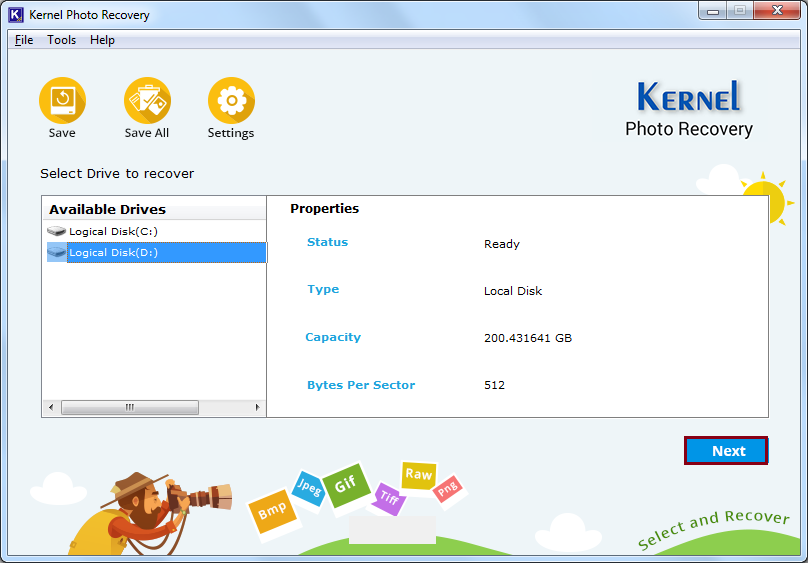
- Select the file format you wish to recover and click Next.
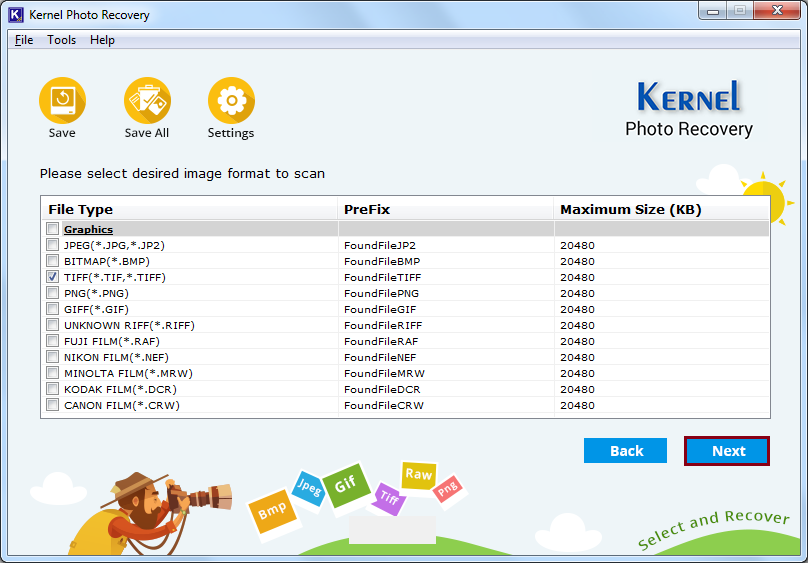
- Wait until the scan process gets completed. Meanwhile, you can stop the scan process by clicking on the Stop button.
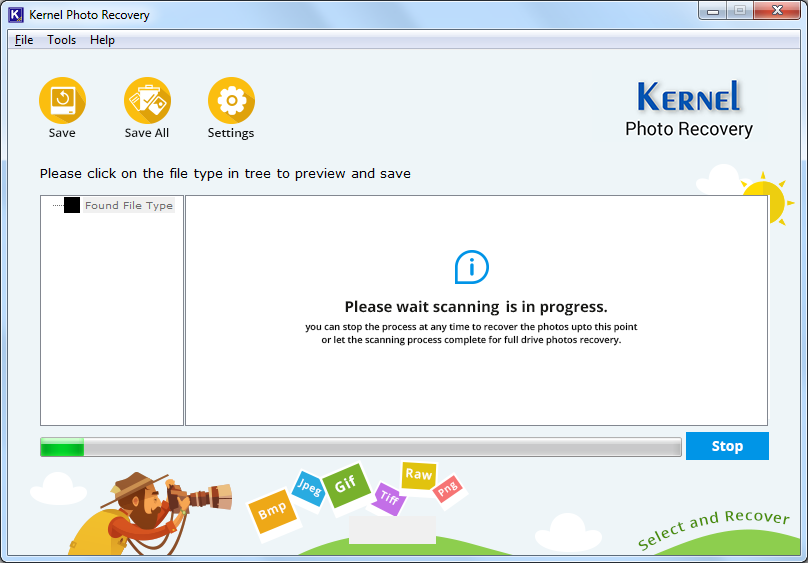
- Once the scan process is completed, the recovered TIFF files will be displayed on the right-hand side panel.
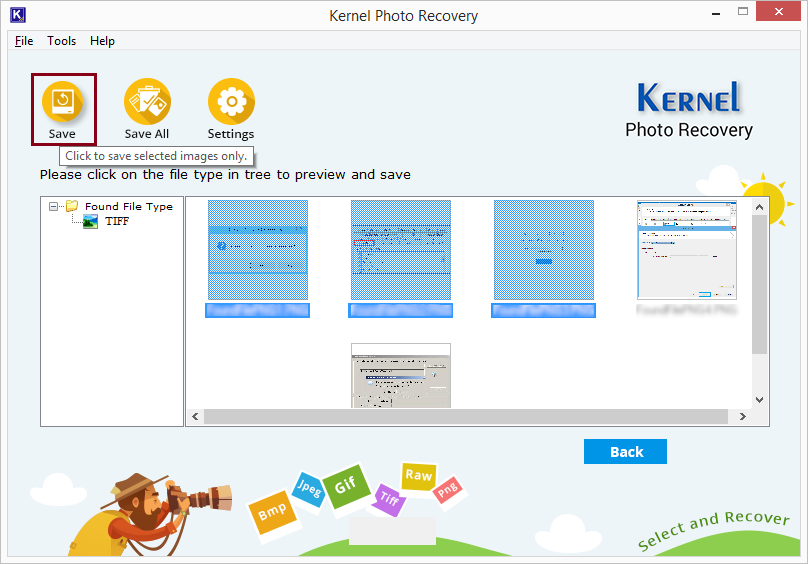
- Give a destination to save the recovered files and click on the OK button.

After completion of the entire process, the recovered TIFF files will get saved to the specified location.
Wrapping Up
Loss of TIFF image files can be a major setback for the professionals working with it. By understanding the reasons for inaccessibility of TIFF files and attempting the methods highlighted in this blog, you can try to recover your deleted TIFF files. However, if your TIFF files are permanently deleted, then it is suggested to take the help of a professional photo recovery tool. Kernel Photo Recovery recovers lost/deleted photos swiftly of almost all the major formats.

